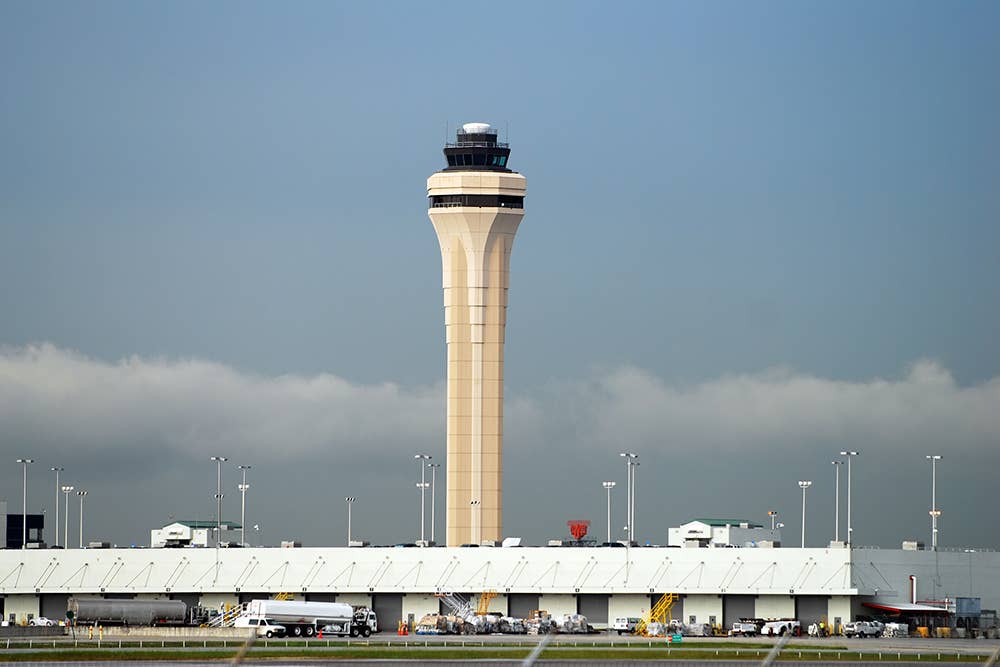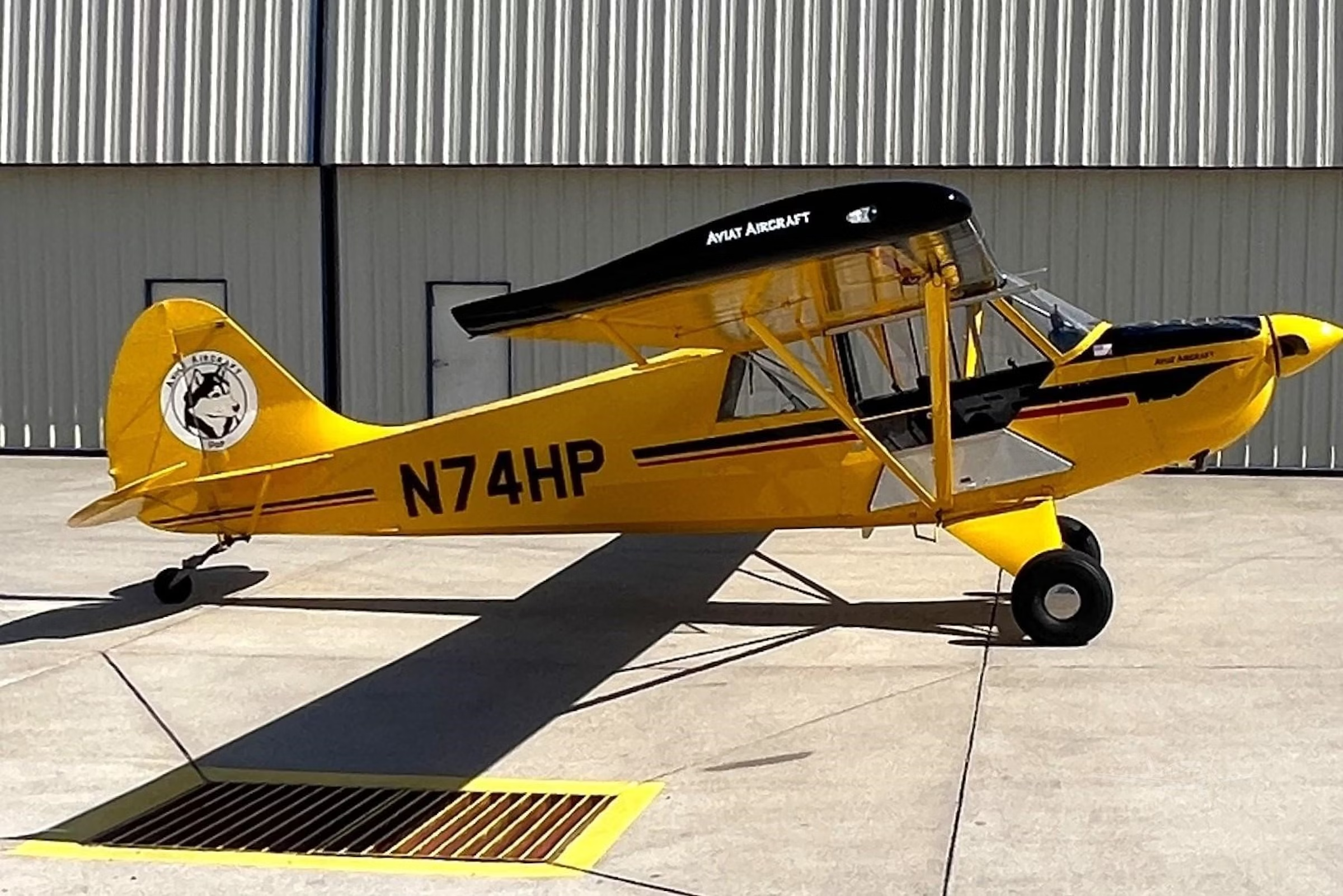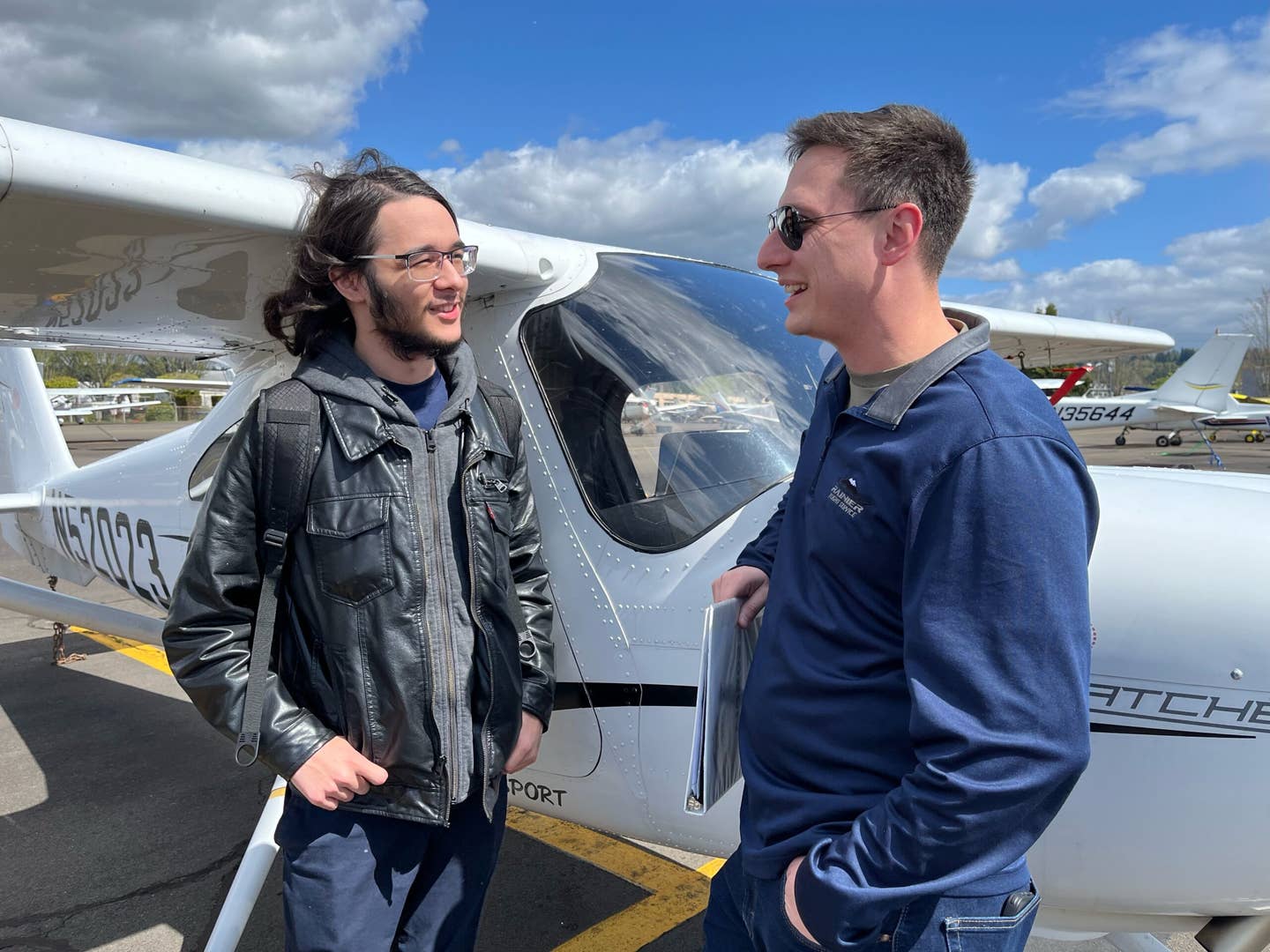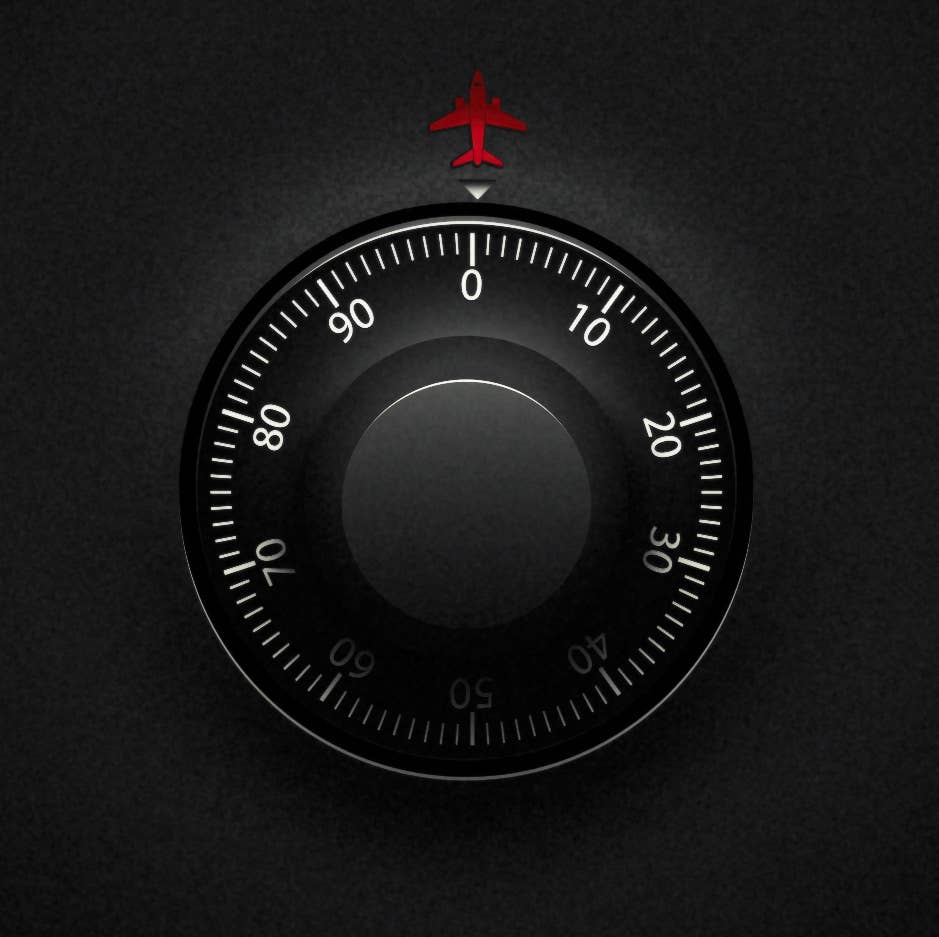Joby Achieves Landmark Crewed eVTOL Transition Flight
Manufacturer becomes the first to achieve crewed transition using a tilt-propeller eVTOL prototype.

Joby test pilot James ‘Buddy’ Denham completes a transition flight of Joby’s electric vertical takeoff and landing (eVTOL) air taxi at the firm’s flight test facility in California. [Courtesy: Joby Aviation]
Electric vertical takeoff and landing (eVTOL) air taxi developer Joby Aviation this month achieved something no manufacturer has before.
The company on Tuesday said it recently completed a series of crewed transition flights with its full-scale eVTOL prototype at its flight test facility in Marina, California. The transition from vertical liftoff and hover to forward flight is an essential feature of the aircraft, which takes off vertically like a helicopter but uses both a fixed wing and propellers for cruise. It is designed for a pilot to fly as many as four passengers at up to 200 mph (174 knots) on short trips within cities such as New York and Dubai. U.S. entry into service is planned for 2025 in partnership with Delta Air Lines.
A few Joby competitors have also completed full-scale crewed transition flights. Beta Technologies’ Alia VTOL did so one year ago, while Zee Aero—now Wisk Aero, a Boeing subsidiary—achieved similar success with its Generation 3 prototype in 2017.
But both of those models are lift-plus-cruise designs, with different sets of propellers for vertical and forward flight. Joby, by contrast, employs a tilt-propeller design, with the air taxi’s six propellers supporting both modes. That makes it the first to complete a crewed transition with a tilt-propeller eVTOL. Archer Aviation’s Midnight uses a similar architecture but to this point has only made an uncrewed transition.
Joby on Tuesday said it completed seven crewed transition flights with three different test pilots in the past week. Using the latest aircraft rolled off the company’s production line (tail number N544JX), pilots executed a vertical takeoff, climbed out and accelerated to wingborne flight, and returned to the runway for a vertical landing.
“Designing and flying an aircraft that can seamlessly transition between vertical and cruise flight has long been considered one of the most challenging technological feats in aerospace, but our team has developed and built an aircraft that makes it feel like an everyday task,” James “Buddy” Denham, Joby’s chief test pilot, said in a statement accompanying the announcement.
Denham’s words hold some weight as a seasoned pilot with experience on more than 60 different aircraft types. Previously, he led research and development of the unified control technology on the F-35B Joint Strike Fighter for Naval Air Systems Command.
Joby’s journey to this milestone involved extensive preparation and hundreds of test flights. It completed its first remotely piloted transition in 2017. Since then, the firm said it has completed “hundreds” of transitions, as well as crewed hover and low-speed flights. Joby prototypes combined have flown more than 40,000 miles.
The firm also conducted ground testing of individual systems at its Integrated Test Lab, as well as a few test flights at Edwards Air Force Base (KEDW) in California, where two of its five test aircraft now reside. At Edwards, remote pilots simulated in-flight scenarios like motor-out or battery-out to validate that the aircraft could land even with two propellers out. Joby last year committed to ship two more aircraft to MacDill Air Force Base (KMCF) in Florida under a $131 million contract with the Air Force, which calls for nine deliveries.
Didier Papadopolous, Joby’s president of aircraft OEM, said Tuesday that the crewed transition flights are key to proving out the technology—both for customers and the FAA.
“It not only demonstrates the high level of confidence we have in the performance of the aircraft as we prepare for commercial service in Dubai,” said Papadopolous, “[but] it also paves the way to starting [type inspection authorization] flight testing with FAA pilots onboard.”
Like this story? We think you'll also like the Future of FLYING newsletter sent every Thursday afternoon. Sign up now.
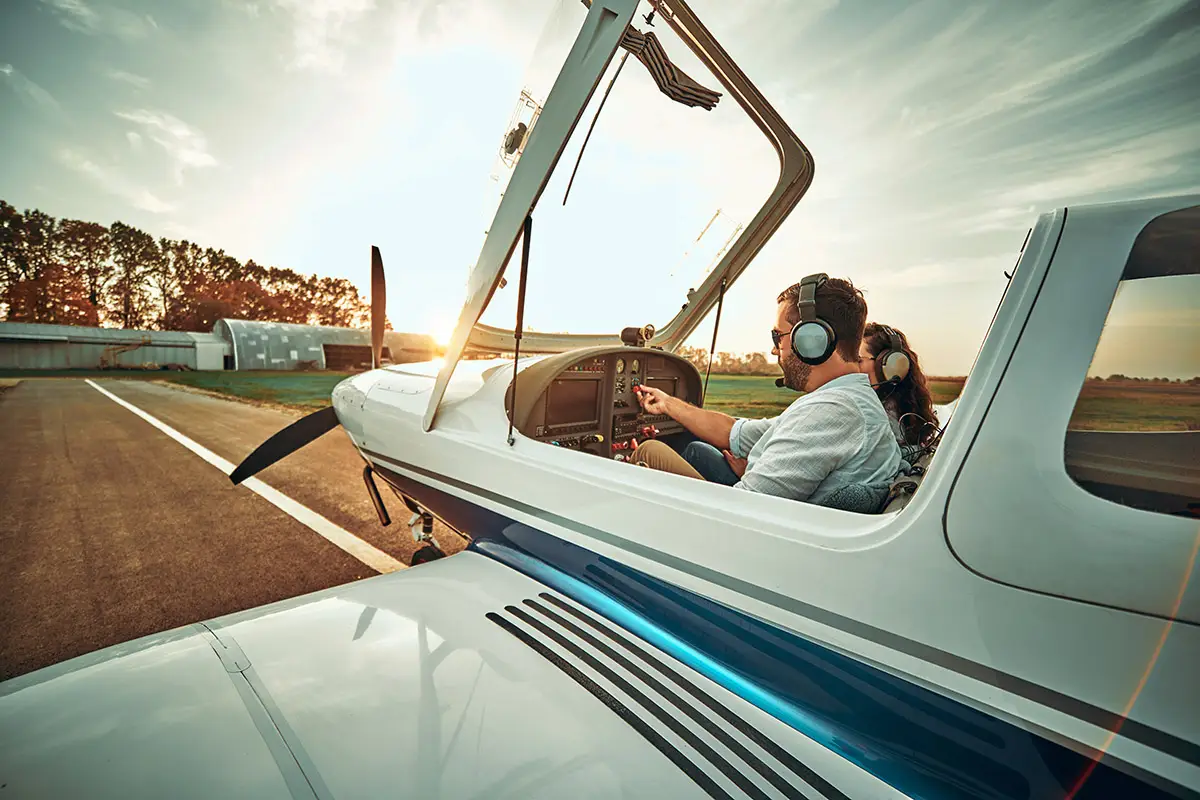
Sign-up for newsletters & special offers!
Get the latest FLYING stories & special offers delivered directly to your inbox


